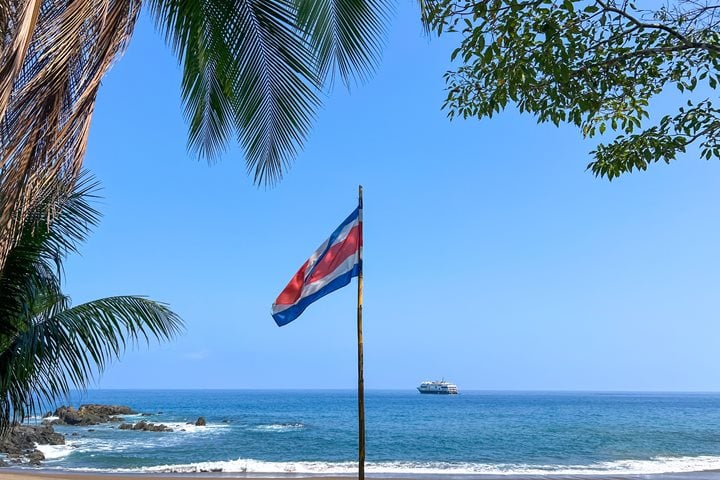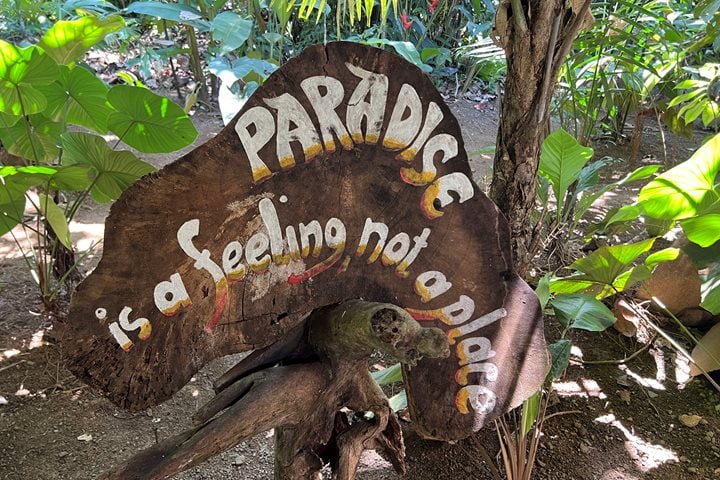Pearl Island Archipelago, Panama
Very early in the morning, the National Geographic Sea Lion dropped its anchor between a group of islands known as the Pearl Island Archipelago. A cold breeze welcomed us as we decided to join an early birding cruise. As we looked up to the sky, our eyes where delighted with different shapes of sea birds that were soaring over us.
We took the Zodiacs to get closer to several islands that had seabirds’ colonies. Two of them, Pacheca and Pachequita, are known for the amount of sea birds that nest in these islands. We were delighted with the sexual display of the male frigate bird that had inflated their red gular pouch to attract the females. These birds, even though they have webbed feet, can’t plunge dive for their food. For this reason, they have an interesting feeding behavior better known as “kleptoparasitism.”
These islands also have a very healthy population of brown boobies, blue footed boobies, brown pelicans, neotropical cormorants and some migrant visitors as the peregrine falcon, zone tail hawk, osprey and many other species of shore birds. Why do they gather over these islands? The answer deals with an interesting fact. The area is well known because of the upwelling zone that we have on the Gulf of Panama. The trade winds blow the warm surface water, allowing the cold currents from the bottom to rise, bringing a lot of nutrients with it. This creates a great feeding frenzy over the area.
It was amazing to see the pelicans and boobies plunge diving for their early meal while the magnificent frigate birds were waiting to see who to harass. It was just a spectacular morning.
After our morning exploration, the National Geographic Sea Lion repositioned in front of a spectacular islet known as Bartolome. Here, the opportunity for swimming was offered and many guests decided to take a fast swim. The white sand invited everyone to relax and explore the islet.
We would have spent more time enjoying the beach but we had to return to our ship. One hundred and ninety nautical miles had to be covered in order to reach our next destination. As we navigated away from the archipelago, we were escorted by several pods of pantropical spotted dolphins. They were enjoying a feast of fish among the several pelicans, black terns and laughing gulls that joined for this feeding frenzy.
What a great day we had!







